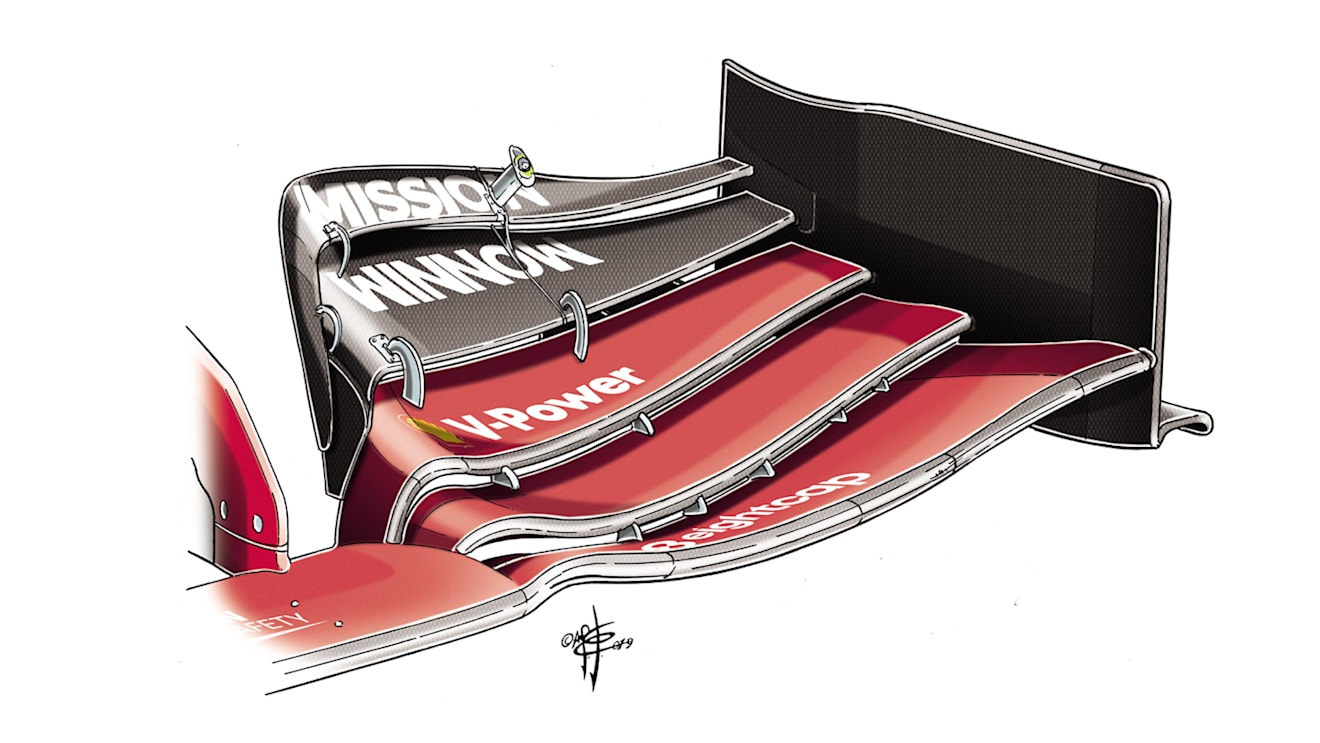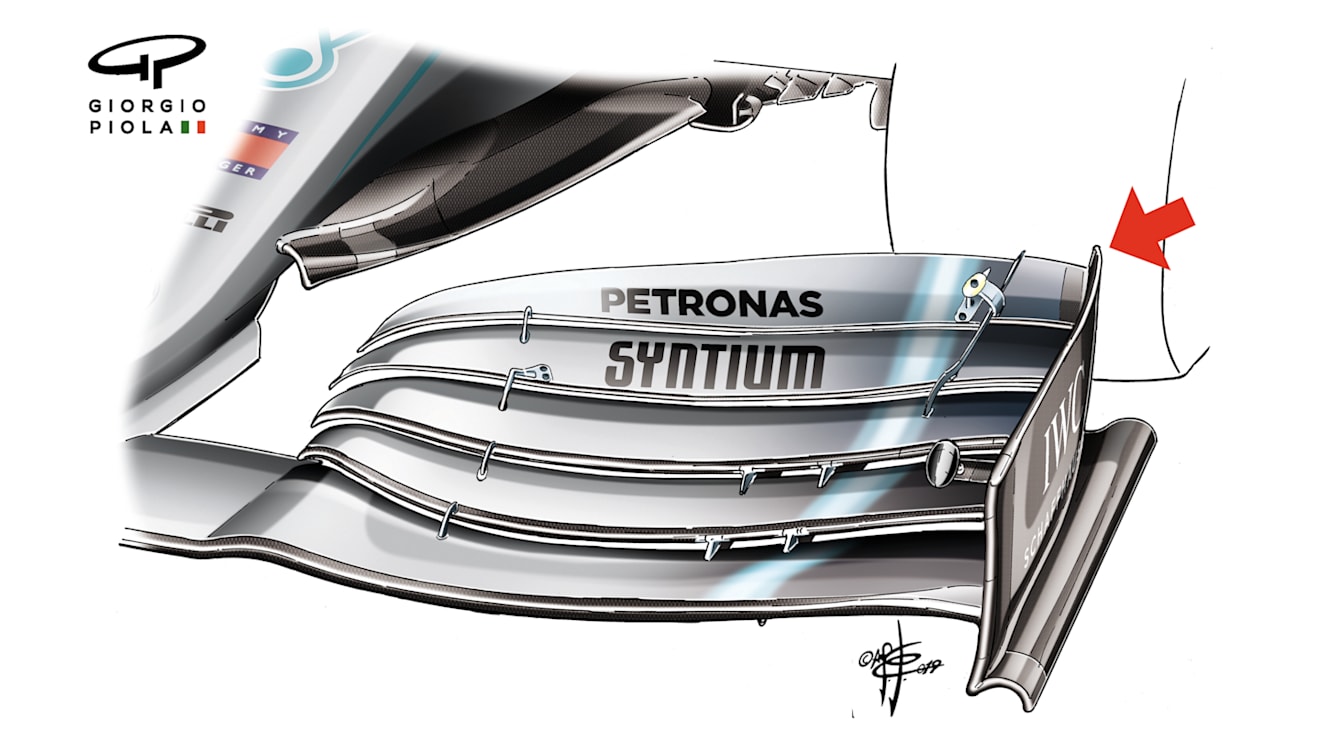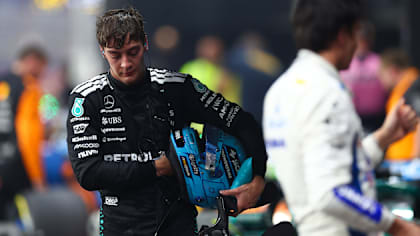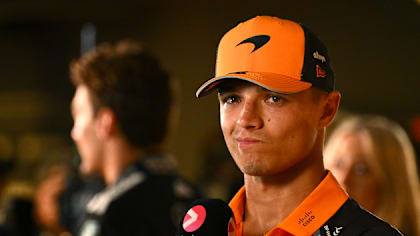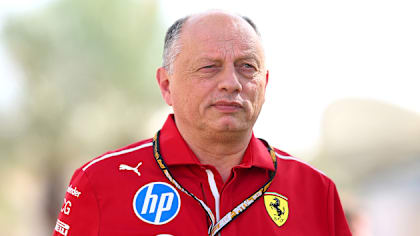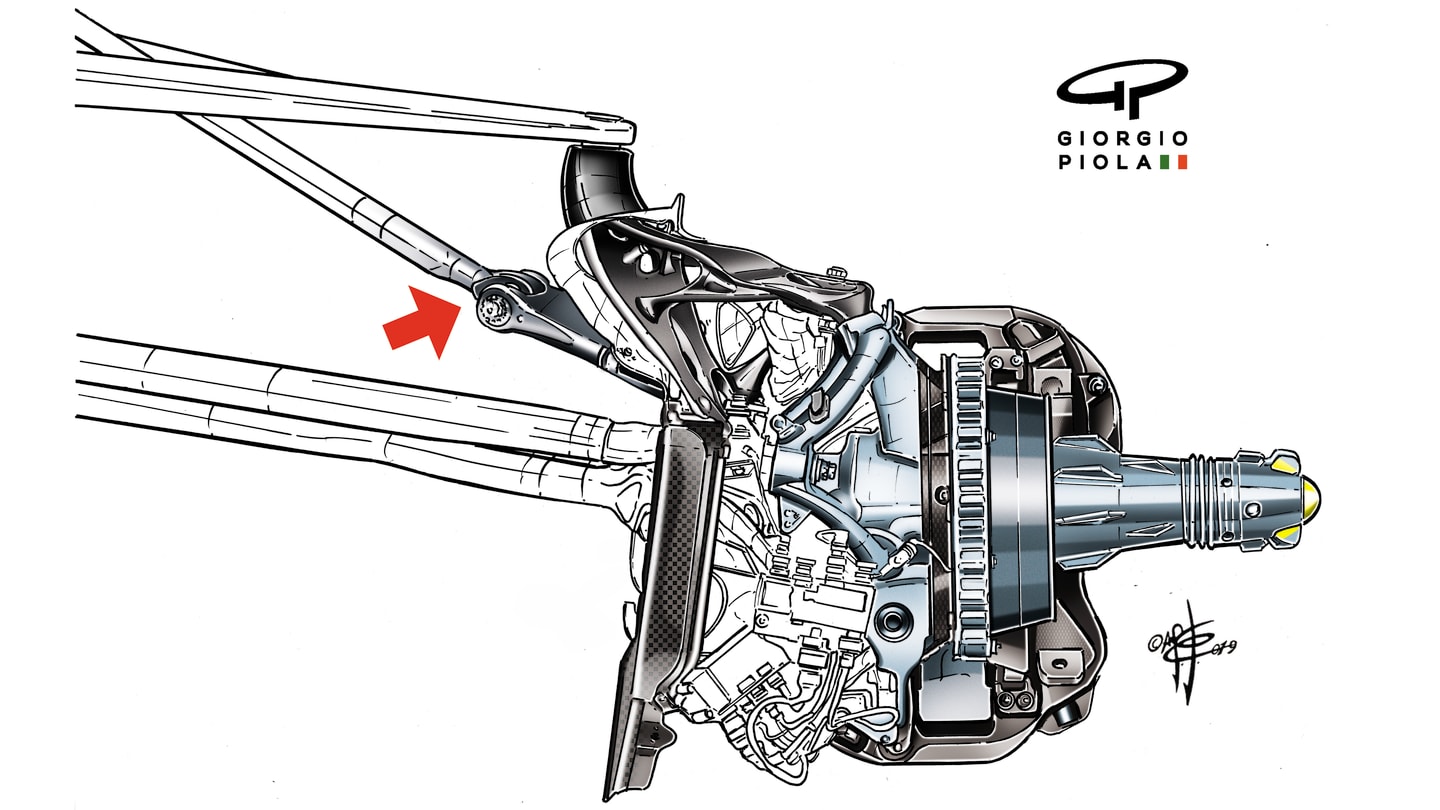
Technical
TECH TUESDAY: The top 5 tech developments of 2019 so far

Share

In the natural pause in the season that is the summer break, it’s a good time to reflect on what the major technical stories have been in a year when F1 introduced significantly changed aerodynamic regulations.
Those regulation limitations (around the front wing/under-nose/front brake ducts, repositioned barge boards and taller rear wing) jumbled up the optimum blend of performance compromises in a way that couldn’t be called with certainty in advance.
READ MORE: The 2019 regulations in detail
The early concept stages of the 2019 cars will have generally been pencilled-in around the end of 2017 when the broad outline of the ’19 regulations were known. But the concepts and development paths each of the teams were on with their previous cars will still have formed the general foundation and informed certain critical choices. Some of these choices have proved better than others, though not necessarily always for reasons of merit; in some cases it will just have been good or bad luck.
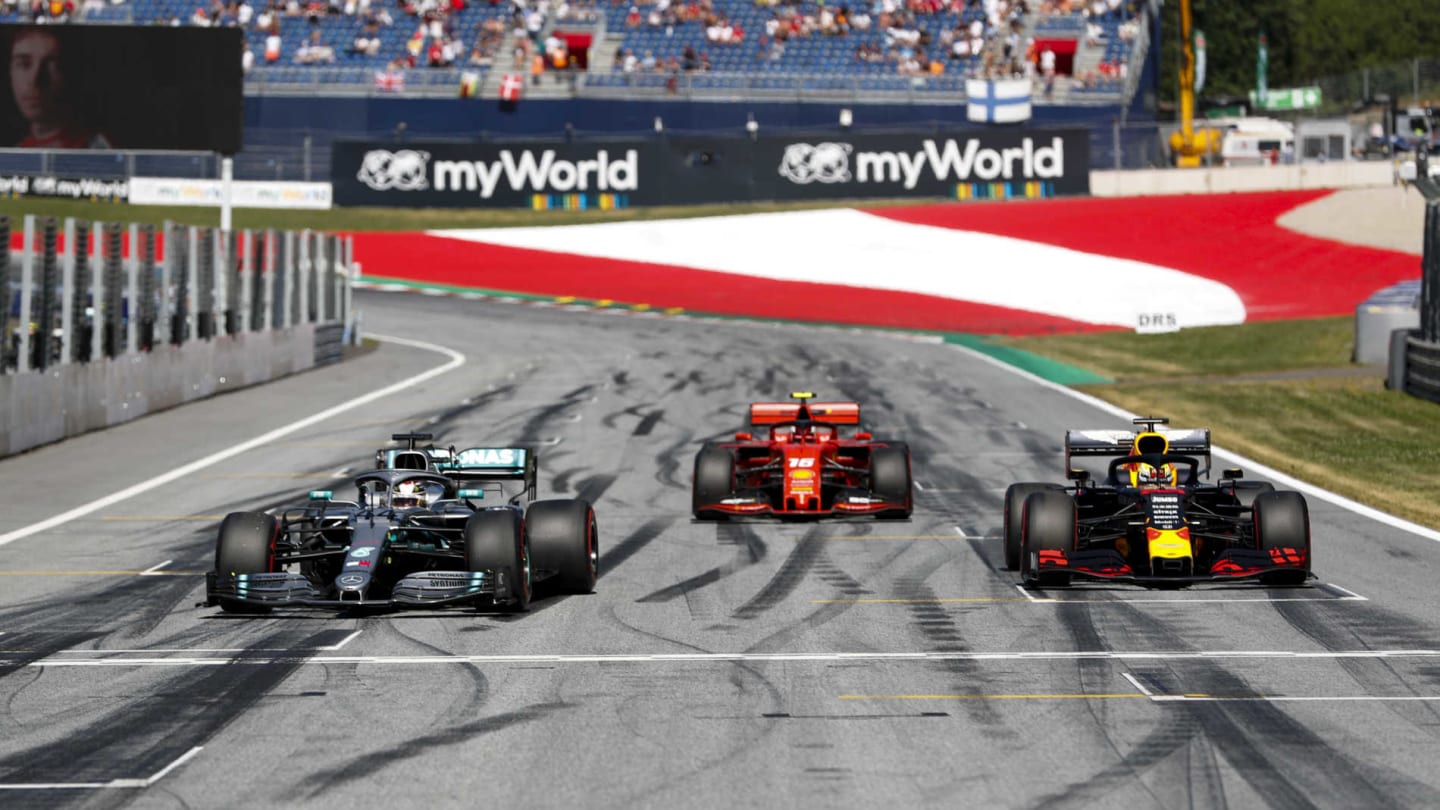
The design approaches from the top three teams
There was logic, for example, in Ferrari’s decision to prioritise aero efficiency rather than absolute all-out maximum downforce. The bigger rear wing was going to be more draggy, the previous two Ferraris had poorer efficiency than the rival Mercedes. A repositioning along the sliding scale of downforce/efficiency trade-off seemed an entirely logical design direction for the new car.
But that was to reckon without the effects of the new thinner-gauge Pirelli tyres for 2019, which were only confirmed after an end-of-season test in Abu Dhabi 2018. With less rubber to be forced into the tiny gaps between the grains of the track surface – the mechanism that stores the tyre’s energy and defines how much grip it can generate – greater downforce was more valuable than ever in getting the tyre into its working range.
It’s around the two hard points of regulation and tyre spec changes that many of the key distinguishing technical features of the 2019 cars have been formed. Here are the five most significant technical trends of the season.
1. Front wing: Outwash vs downforce
1 / 2
The choice was between utilising the full allowable depth of wing elements at the outboard ends so as to maximise direct front wing downforce, or bunching-in the outboard ends of the five permitted elements so as to enhance the outwash of airflow around the front tyre.
READ MORE: The differing front wing designs of Mercedes, Ferrari and the rest of the 2019 grid
The power of the outwash had been limited by the regulation simplification of the front wing endplates and so some, notably Ferrari, Alfa and Toro Rosso, chose to surrender some wing area so as to make the air flow more easily around the tyre, powering the outwash flow down the rest of the car. Others, notably Mercedes and Red Bull, favoured using up the full depth permitted. In concert with the requirements of the tyres, it looks as if the Mercedes/Red Bull direction was the better one.
2. Articulated front suspension
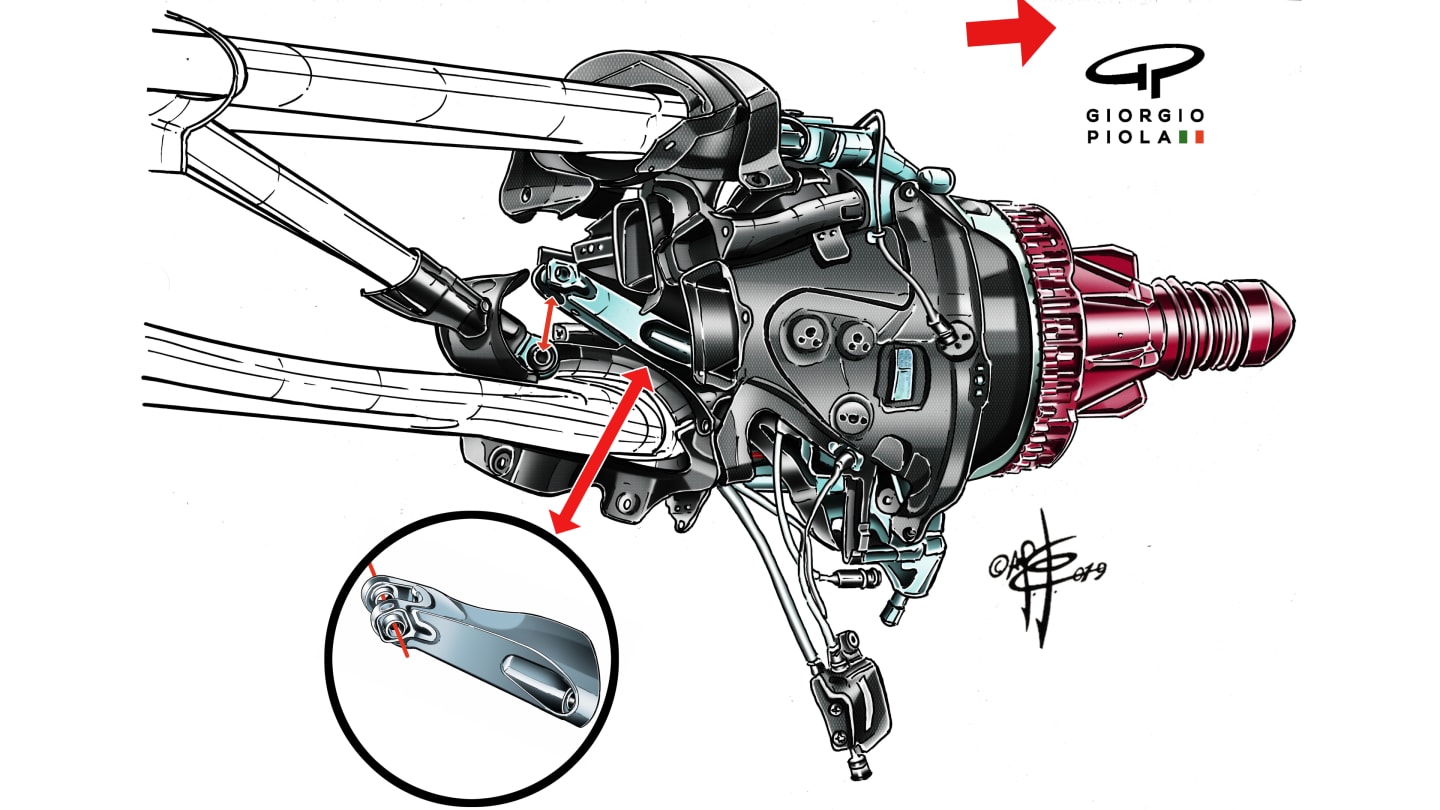
Ferrari's version of the articulated front suspension, in contrast to the Mercedes iteration at the top of the page
This was not a direct result of the 2019 regulations, as Ferrari and Red Bull had already raced with the feature prior to this year, but the advantages it brought were arguably more important under these regs. A bracket toward the outboard end of the suspension pushrod allows the load to the wheel to either travel in a straight line or, beyond a certain point of steering lock, to swivel into a different position that obliges the front of the car to be pulled down to a lower ride height. This lessens the understeer that is inherent in an F1 car through slow-speed corners, partly by increasing the downforce generated by the nose being closer to the ground.
Tech Tuesday - Mercedes' Monaco suspension
3. Blown front wheels
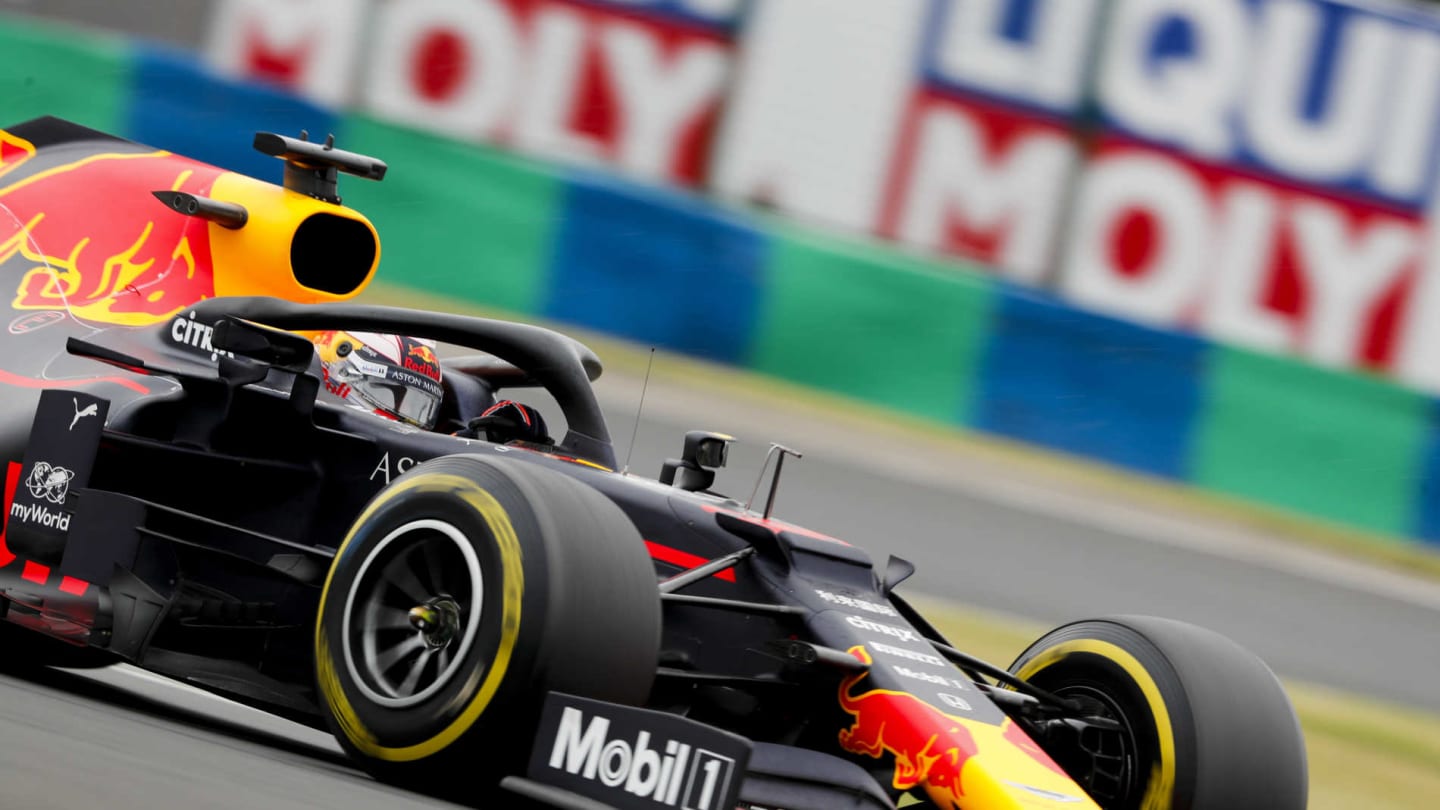
Red Bull have found a way to ape the effect of the now-banned blown front axles
Wheel rim design has been a focus of the teams for a few years, as the wheel rims are used to control the temperature transfer from brakes to tyres. But Red Bull took it a step further with the front wheel rims introduced at Paul Ricard which train the air through the rims in such a way as to replicate the effect of the now-banned blown front axles.
The air is jetted out in such a way as to form a vortex that picks up and enhances the outwash airflow coming around the front tyre. It seems to have been a critical factor in relieving some of the outwash-directing burden from the under-nose guide vanes that are this year restricted to three, a regulation change that initially hurt Red Bull.
4. Migration of the sidepod undercut
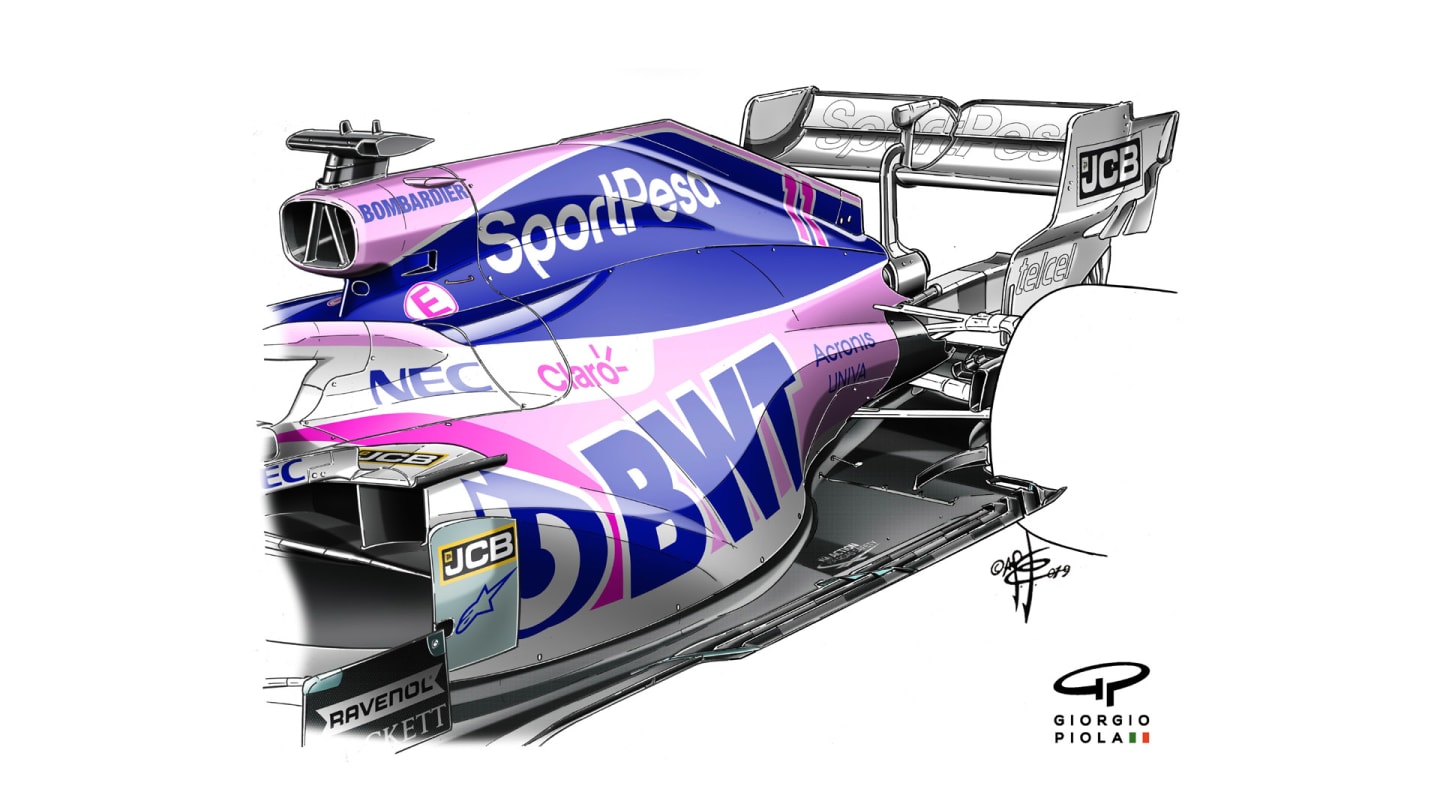
Racing Point adopted Red Bull's sidepod philosophy in their Germany upgrade
It was Red Bull who first challenged the orthodoxy of having a big undercut at the front of the sidepod to accelerate the airflow along the body sides. Instead, it has a lower, fatter form at the front, with an enhanced undercut within the coke bottle section further back. This has allowed the mechanical components, principally the radiators, to be mounted lower and further forwards, bringing advantages in centre of gravity height and centralised mass respectively. It’s a concept that has been picked up by Racing Point and incorporated into the updated RP19 that appeared at Hockenheim.
5. Boomerang barge boards
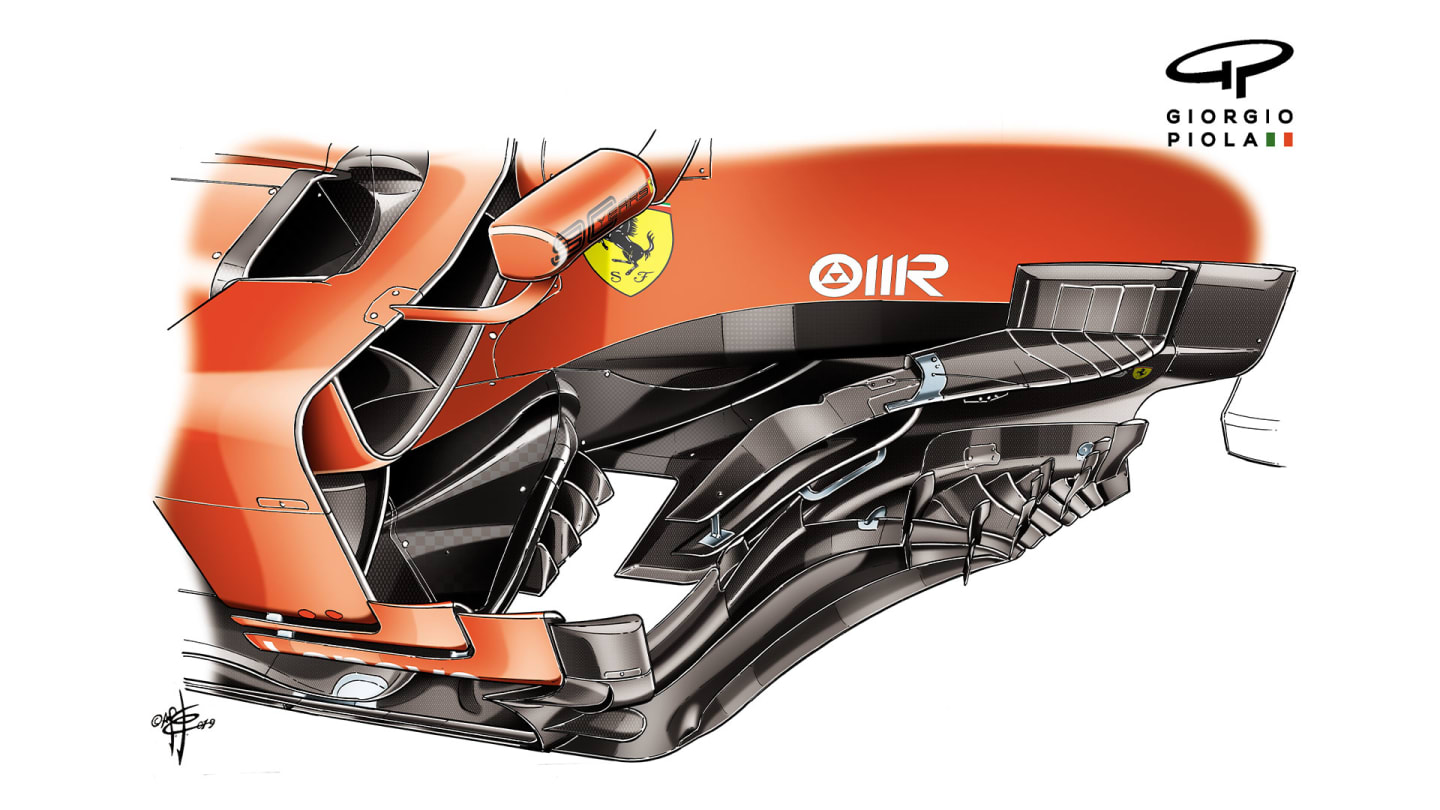
Ferrari's version of the 'boomerang'
For 2019 the barge boards had to be lower (making the wake less disruptive), but could be mounted further forwards (to make the downforce of the car behind less affected by the wake of the car in front). This has placed them in the ideal place to help enhance the outwash by placing a boomerang section wing atop the guide vanes that, in creating some negative lift, brings a high pressure bubble around it that the air coming through the suspension turns hard outwards to avoid – thereby strengthening the vital outwash airflow.
YOU MIGHT ALSO LIKE
News ‘One of my most difficult days in Formula 1’ – Doohan pinpoints area for improvement after challenging Saudi Arabian GP
News Russell laments 'underwhelming' Mercedes performance in Saudi Arabia with fifth 'where we deserve to finish'
News ‘I need to chill out’ – Norris opens up on early-season mindset as he admits to putting ‘too much pressure on myself’
News Vasseur calls for Ferrari to be more ‘consistent’ as he highlights where team needs to improve

